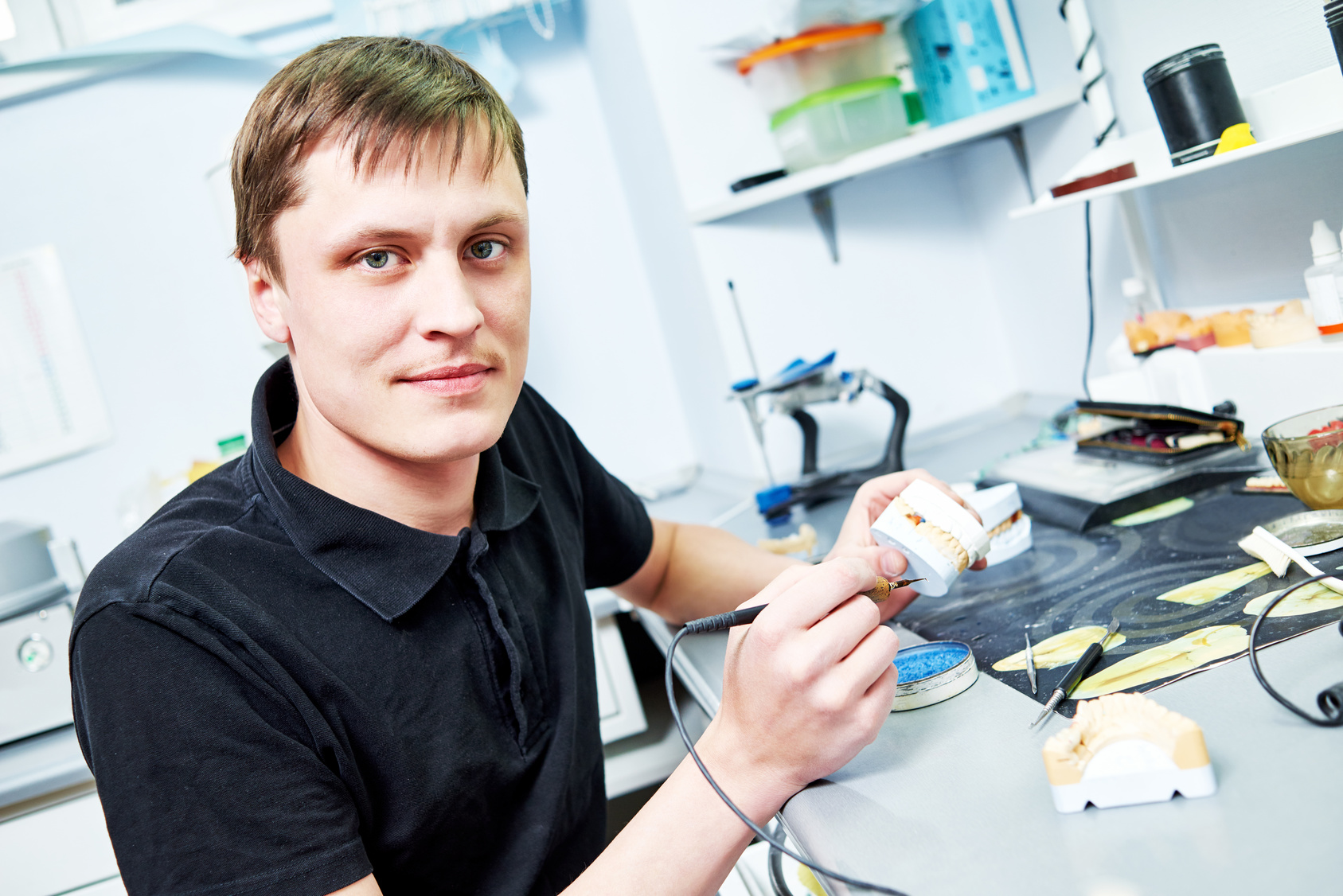
When it comes to replace a tooth, there are several options. These are as following:
- We can leave the gap as it is. Our concerns are that it is not acceptable with respect to the appearance and can lead to drifting/tipping of adjacent teeth and over-eruption of opposing teeth. They may be difficulties replacing the tooth later due to space loss.
- A partial denture (removable prosthesis) – This as you know is a removable device and can be designed so that it has a minimal contact with your gums and therefore a minimal chance of promoting gum disease or tooth decay. Often used as an immediate tooth replacement and forspace maintenance. However, this may be considered as a long-term option in some cases with appropriate hygienic denture design.
- We have the possibility of a conventional bridge, which would require the grinding down of the two adjacent teeth. In view of the fact that you do not have any fillings in either of these teeth and that these teeth are healthy it would be inappropriate for us to consider grinding these two teeth down for a conventional bridge. Useful where there are adjacent crowned/heavily restored teeth. Not indicated in patients with an otherwise healthy dentition.
- Acid etched retained bridge (Adhesive fixed bridge). Reversible and conservative option, with favorable success rates using appropriate techniques. In view of the fact that you have a strong bite and a minimum amount of space available for the wing of such a bridge I feel that this would provide only a temporary solution.
- Auto-transplantation – in carefully planned cases this can be a successful option, which can be performed in children, unlike dental implants. If the periodontal ligament health is maintained, the transplanted tooth will erupt with the other teeth, can be moved orthodontically and may have improved aesthetics of the dental papillae.
- Orthodontic space closure – often useful if there is crowding elsewhere. It is important to involve an orthodontist in the planning of these cases to achieve optimal results.
- The final option that we discussed is to replace a missing tooth with an implant. The benefits of this method are that we do not interfere with any of the adjacent teeth. The implant is independent and provides function to the supporting bone, thus stimulating it. The treatment is planned so that we can achieve as natural an appearance as possible. And finally the data we have so far shows it to be a very predictable method of treatment. I have outlined this proposal in detail.
